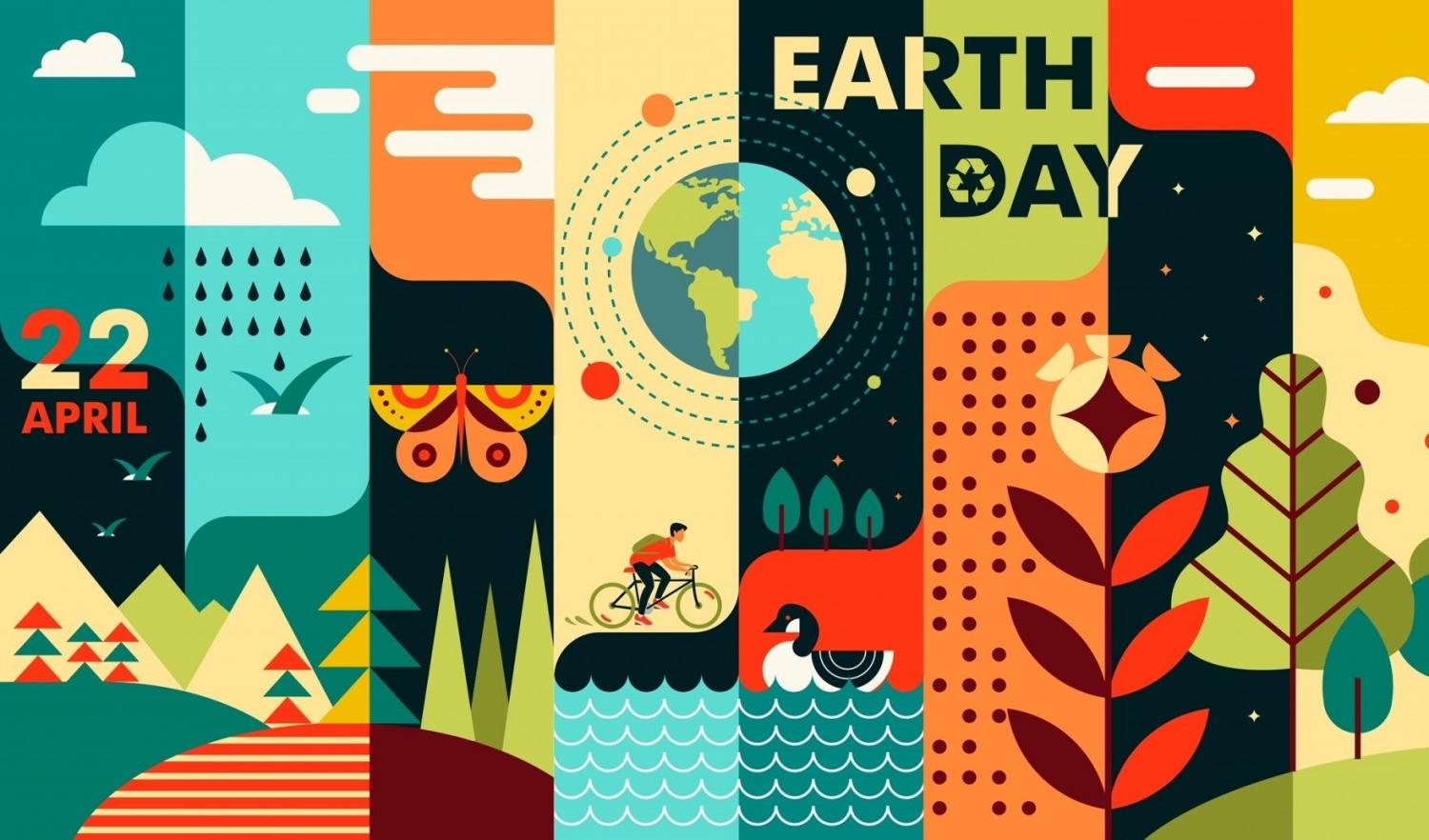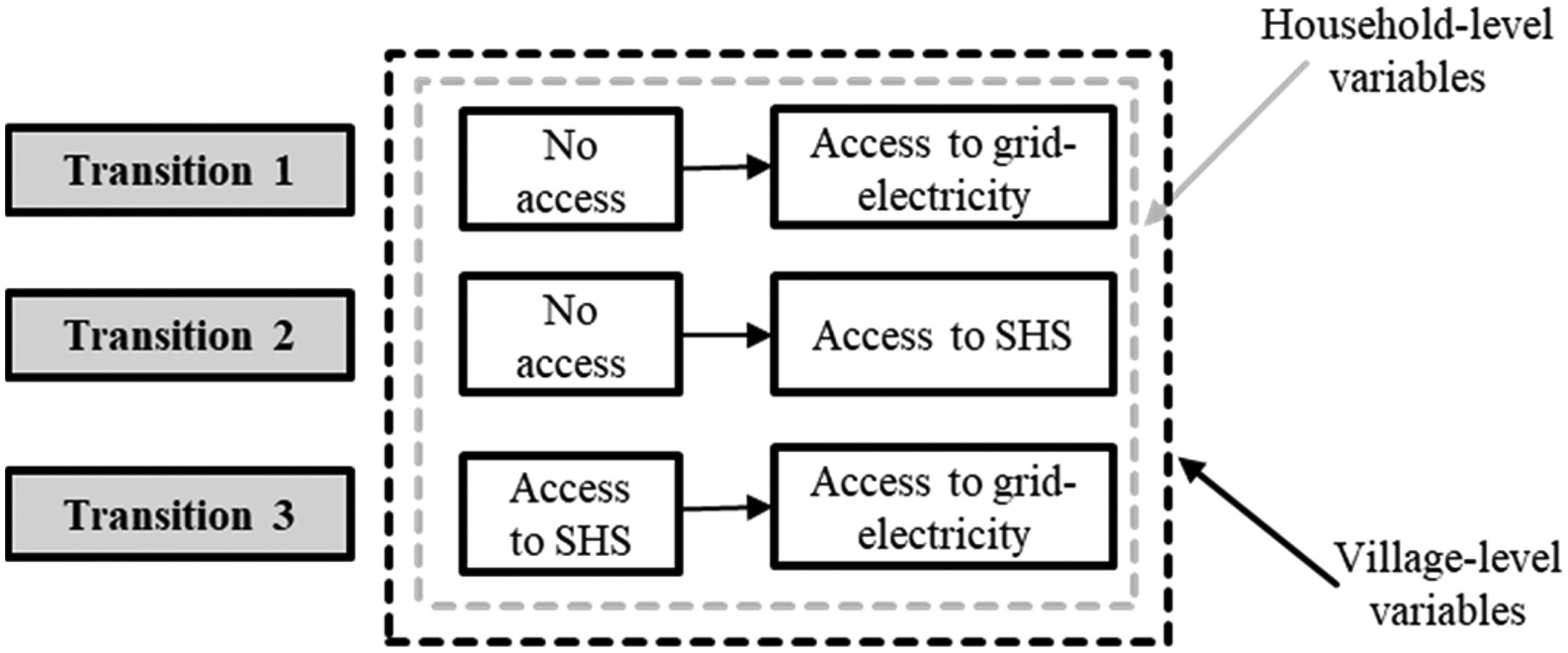Clean energy, often termed as green or renewable energy, signifies power derived from resources that are naturally replenishing, such as sunlight, wind, rain, tides, and geothermal heat. Over the past few decades, the global community has recognized the increasing importance of transitioning to clean energy not just from an environmental perspective, but also from economic, social, and political standpoints. This recognition is encapsulated in the Sustainable Development Goals (SDGs) set forth by the United Nations in 2015, which encompass a universal call to action to end poverty, protect the planet, and ensure prosperity for all by 2030. SDG 7 specifically aims to “Ensure access to affordable, reliable, sustainable and modern energy for all,” making clean energy a central theme.
The reliance on fossil fuels has been associated with a myriad of challenges, ranging from environmental degradation, like air and water pollution, to geopolitical conflicts over oil reserves. The burning of fossil fuels has been a major driver of climate change, leading to global warming and its associated consequences, including rising sea levels, extreme weather events, and threats to biodiversity. By promoting the use of clean energy, SDG 7 addresses the need to decouple economic growth from environmental degradation and promote a low-carbon economy.
The connection between clean energy and other SDGs is profound. For instance, SDG 3, which promotes good health and well-being, is indirectly supported by clean energy. Reduced reliance on fossil fuels diminishes air pollution, thereby decreasing respiratory and cardiovascular diseases. Similarly, SDG 6, which emphasizes clean water and sanitation, is bolstered by clean energy. Conventional energy production methods often lead to water pollution, whereas clean energy sources, such as wind and solar, require no water to generate electricity and have minimal environmental impact.
Furthermore, the expansion of renewable energy infrastructure, especially in developing countries, can help achieve SDG 8, which promotes decent work and economic growth. Renewable energy projects can create local jobs, spur innovation, and foster community development. Additionally, providing energy access to remote regions can invigorate local economies and empower communities, thereby contributing to SDG 1, which seeks to end poverty in all its forms.
Moreover, transitioning to clean energy fosters greater resilience and adaptability, which aligns with SDG 13's call to action for urgent measures against climate change and its impacts. Renewable sources, by their very nature, reduce greenhouse gas emissions and our carbon footprint. Furthermore, distributed renewable systems, like micro-grids powered by solar or wind, can be more resilient to extreme weather events compared to traditional centralized energy infrastructure.
Finally, the emphasis on clean energy champions gender equality (SDG 5). In many parts of the world, women and girls bear the primary responsibility for collecting fuel and water, often spending hours each day on these tasks, which deprives them of educational and economic opportunities. By reducing the need for such tasks, clean energy can free up time for women and girls, enabling them to pursue education, work, or other opportunities that foster gender equity.
Clean energy, as highlighted by SDG 7, is not just about electricity. It's about catalyzing a series of positive impacts that resonate with the broader aspirations of the SDGs. As the global community works diligently towards 2030, clean energy will undeniably play a pivotal role in sculpting a more sustainable, equitable, and prosperous world.
Renewable and Clean Energy Systems Based on Advanced Nanomaterials: Basis, Preparation, and Applications, Volume , 1 January 2024
As we progress through the 21st century, the health of our planet emerges as a pressing concern. Earth Day, celebrated globally on April 22, provides a vital platform for raising awareness about environmental issues and advocating for sustainable practices.
Earth Day: A Brief History
Reinhard Madlener, Robert Crump, 17 - Grid-friendly clean energy communities and induced intracommunity cash flows through peer-to-peer trading. Editor(s): Sabine Löbbe, Fereidoon Sioshansi, David Robinson, 'Energy Communities', Academic Press, 2022, Pages 277-301, ISBN 9780323911351
This paper presents an analysis of the path towards a clean energy transition in rural areas, from the time that households do not have electricity access from any source, to when they get access to the national electricity; considering the intermediate access to an off-grid renewable technology, as well as the post-electrification years. For this, field household-level data are collected through surveys and electricity consumption measurements in rural Kenya.
The efficient utilization of clean energy resources to meet increasing electricity demand is imposing the integration of the electricity market and the construction of secure transmission mechanisms around the globe. Accordingly, the Association of Southeast Asian Nations (ASEAN) is integrating its large geographical power transmission infrastructure via the ASEAN power grid (APG). This study extensively reviews the energy resources (i.e., fossil fuels and renewables), the current utilization, and the future projection for ASEAN.
[Figure presented] Leif Hammarström is a professor of chemical physics at Uppsala University, Sweden. He is one of the leaders of the Swedish Consortium for Artificial Photosynthesis, founded in the mid-1990s. He is chair of the Swedish Solar Energy Platform and represents Uppsala University as a core member of the Solar Fuels Institute.


